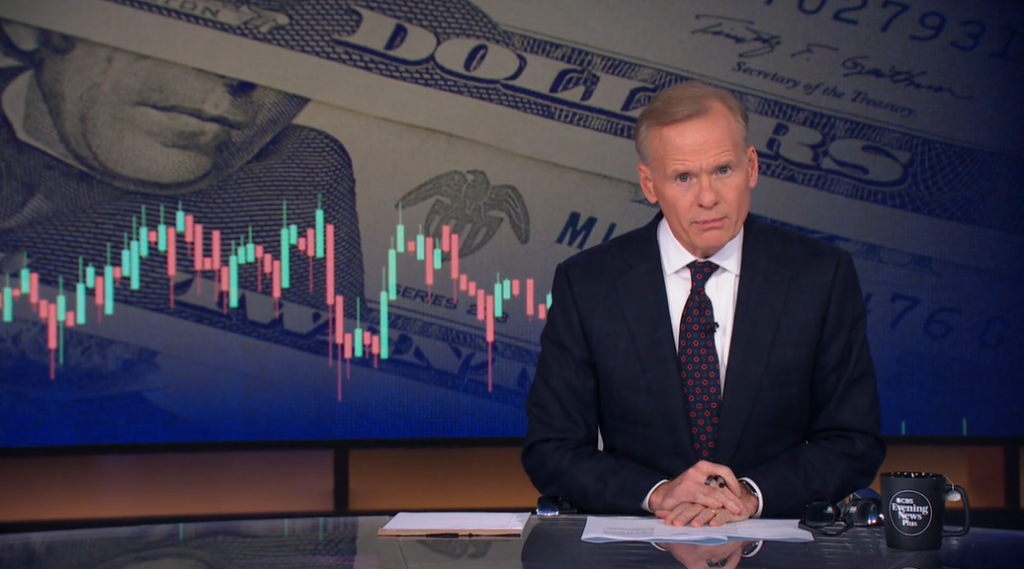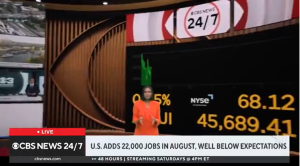Job seekers’ confidence in finding new employment has fallen, a new survey reveals.

According to the Federal Reserve Bank of New York’s Survey of Consumer Expectations, the average “perceived probability” of finding a new job after losing one fell 5.8% points to 44.9% among heads of households surveyed in August, the lowest measure on record since 2013 when the New York Fed began collecting data.
At the same time, Americans are increasingly worried about losing their current job. Expectations that the U.S. unemployment rate will be higher a year from now crept up 1.7 percentage points to 39.1%, the New York Fed found.
The data comes as Americans adopt a dimmer view of the economy. According to a recent CBS News poll, a majority of respondents continue to say the economy is getting worse.
The labor market has been under a microscope since July employment data showed weaker-than-expected job growth and sharp downward revisions for the months of June and May. August’s data, released Friday, pointed to a slump in U.S. hiring, with employers adding only 22,000 jobs. Unemployment also ticked up to 4.3%, the highest rate since October 2022.
“Employers may be holding onto their current workers amid uncertainty, but they are not adding new positions,” Allison Shrivastava, economist at Indeed Hiring Lab, told CBS MoneyWatch. “In turn, employees have taken the hint, staying in their current jobs rather than seeking new opportunities.”
According to a recent Bankrate survey, about half of Americans are planning to search for a new job in the next year. At the same time, data shows that the number of people changing jobs has slowed significantly since 2022, when millions of people quit their jobs during the “Great Resignation.”
During this period, workers had more negotiating power because labor supply disruptions created heightened demand for workers. That balance, however, has started shifting back in favor of employers in recent years.
A recent analysis from Bank of America shows that the percentage of its customers leaving their jobs has largely trended downward from a more than 26% peak in 2022, and is now just slightly above the job change rate in 2019, at 3.3%. Experts say that’s mainly because there are fewer opportunities for people to switch jobs and general unease with the state of the labor market.
“If this stagnation continues, unemployment — and layoffs — will increase, further weakening the labor market,” said Shrivastava.
The Fed, which is tasked with maintaining a robust job market and low inflation, has acknowledged that the downside risks to employment are rising. This strengthens the likelihood that the central bank will cut rates at its next meeting, which is scheduled for Sept. 16 to 17.
Reposted from CBS

